From Spice to Spoon: A Hilariously Detailed Guide to the Perfect Vietnamese Bo Kho Recipe
If you've ever dreamed of turning your kitchen into a bustling Vietnamese street corner, complete with fragrant spices and that magical aroma wafting through the air — then you're in for a treat. Today, we're diving headfirst into the warm, spicy, slightly citrusy world of Vietnamese Bo Kho, a dish so rich in flavor it could make your taste buds propose marriage.
Table of Contents
- What is Bo Kho Anyway?
- Why Spice Matters in Bo Kho
- Bo Kho Essentials: The Must-Have Ingredients
- Step-by-Step Guide to Making Bo Kho Like a Pro
- Pro Tips for the Ultimate Bo Kho Experience
- Spice Levels: Mild, Medium, or Maniac Mode?
- Pairing Bo Kho with the Right Sides
- Common Mistakes (and How to Avoid Them)
- A Little Cultural Context: Bo Kho Around Vietnam
- Conclusion: From Kitchen to Culture
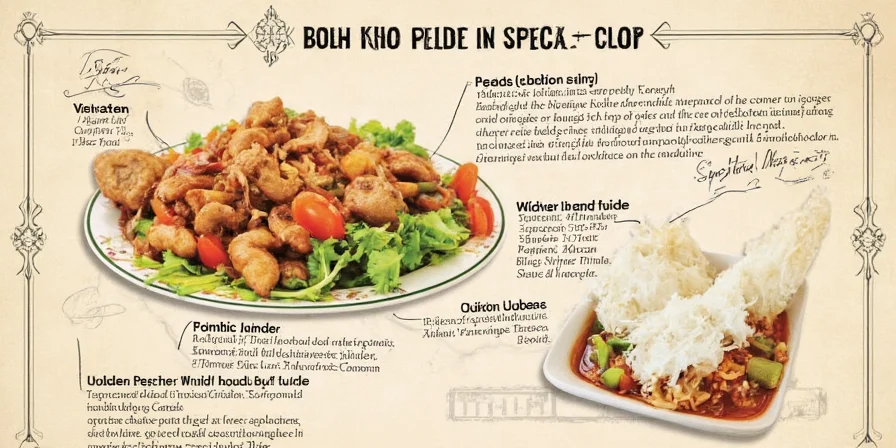
What is Bo Kho Anyway?
In case you haven't had the pleasure (yet), Bo Kho is a Vietnamese beef stew usually served with baguette or rice noodles. Think of it as Pho's more rustic cousin who went backpacking through the Mekong Delta and picked up some seriously bold flavors along the way.
Unlike its brothier siblings like Pho or Bun Bo Hue, Bo Kho has a thicker, curry-like consistency and is packed with aromatic spices that’ll make your kitchen smell like a spice market on a Saturday morning.
Why Spice Matters in Bo Kho
Spices are the soul of this dish — they’re what elevate it from “just another beef stew” to “I-want-to-eat-this-for-the-rest-of-my-life.”
- Star Anise – The licorice whisperer.
- Cinnamon Stick – Warmth incarnate.
- Coriander Seeds – Earthy and nutty, like a cool uncle.
- Lemongrass – Brightens things up like a surprise day off.
- Garlic – Because everything’s better with garlic.
- Ginger – The zesty kick that keeps things honest.
- Fish Sauce & Soy Sauce – Salt, umami, and depth all rolled into one.
- Tomato Paste – Gives that beautiful red hue and subtle tanginess.
- Brown Sugar – Balances everything out with a touch of sweetness.
Spice Breakdown: What Goes Into Bo Kho
| Spice/Ingredient | Flavor Profile | Role in Bo Kho |
|---|---|---|
| Star Anise | Licorice, sweet, floral | Adds depth and aroma |
| Cinnamon Stick | Warm, woody, sweet | Provides warmth and balance |
| Coriander Seeds | Earthy, nutty, citrusy | Builds foundational spice complexity |
| Lemongrass | Herbaceous, lemony | Brings brightness and freshness |
| Garlic | Pungent, savory | Base layer of umami |
| Ginger | Spicy, earthy, slightly sweet | Adds zest and heat |
| Turmeric Powder | Earthy, bitter | Contributes golden color and depth |
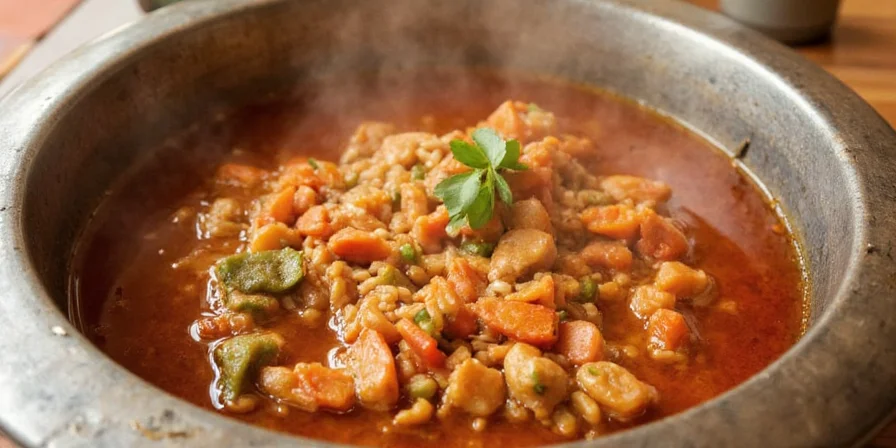
Bo Kho Essentials: The Must-Have Ingredients
Now that we’ve geeked out over the spices, let’s talk ingredients. You'll need:
- Beef chuck or brisket – For tender fall-apart goodness
- Carrots – Adds natural sweetness and texture
- Onions – For caramelization and sweetness
- Radicchio or daikon radish (optional) – For bite and contrast
- Tomato paste – The base of our red richness
- Fish sauce, soy sauce – Umami bombs
- Coconut milk (optional) – For extra creaminess
Step-by-Step Guide to Making Bo Kho Like a Pro
Here's how to turn those spices and ingredients into culinary magic:
- Sear the Beef: Brown in batches to build flavor. Don’t overcrowd the pan!
- Sweat the Aromatics: Garlic, ginger, onions, lemongrass — sweat until fragrant.
- Add the Spices: Toast them briefly to awaken their aromas.
- Tomato Time: Stir in tomato paste until darkened and fragrant.
- Back to Beef: Return the meat to the pot.
- Pour in the Liquid: Water, beef broth, or even coconut milk if you want creamy vibes.
- Simmer Low & Slow: Let it cook for 2–3 hours on low.
- Add Veggies: Toss in carrots and radishes near the end.
- Taste & Adjust: Salt? Sweetness? More spice? This is your moment.
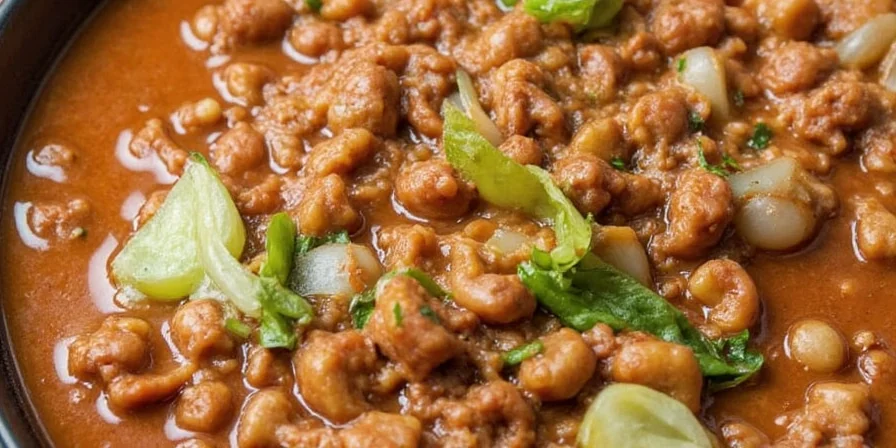
Pro Tips for the Ultimate Bo Kho Experience
Want to take it to the next level? Here’s what the pros do:
- Toasted Spices First: Toast spices before adding aromatics. It unlocks hidden layers of flavor.
- Charred Onions: Char an onion over flame before tossing into the pot for deeper flavor.
- Slow Cooker Hack: Use a slow cooker on low for 6–8 hours for ultra-tender results.
- Marmite Magic: Add a spoonful of Marmite or Worcestershire sauce for umami boost.
- Caramelized Carrots: Roast carrots separately before adding to thicken the broth naturally.
Spice Levels: Mild, Medium, or Maniac Mode?
Bo Kho can be adjusted to fit your spice tolerance. Here's how:
| Spice Level | Adjustment | Result |
|---|---|---|
| Mild | Omit chili, use less black pepper | Gentle, aromatic, perfect for kids |
| Medium | Add fresh chili or chili paste | A little tingle, great for casual eaters |
| Maniac | Add bird’s eye chilies and crushed peppercorns | Bring water, not napkins |
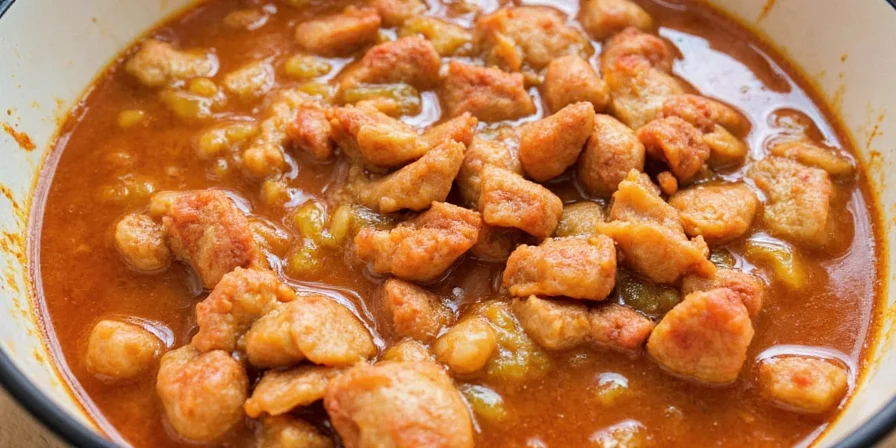
Pairing Bo Kho with the Right Sides
Traditionally, Bo Kho is served with:
- Bánh Mì Baguette: Crusty bread for dipping in that glorious broth.
- Rice Noodles: Silky smooth texture complements the stew perfectly.
- Fresh Herbs: Thai basil, cilantro, mint — add freshness and crunch.
- Chili Sauce or Sriracha: For that extra kick.
- Lime Wedge: Just a squeeze can transform the entire dish.
Common Mistakes (and How to Avoid Them)
We’ve all been there. Here’s how to dodge disaster:
- Mistake #1: Not searing properly. Always brown the beef first — color = flavor.
- Mistake #2: Overcooking veggies. Add them toward the end unless you like mushy carrots.
- Mistake #3: Skimping on spices. These are the heart of the dish — don’t be shy.
- Mistake #4: Rushing the process. Good things come to those who wait — low and slow wins the race.
- Mistake #5: Skipping resting time. Letting the stew sit overnight lets the flavors marry beautifully.
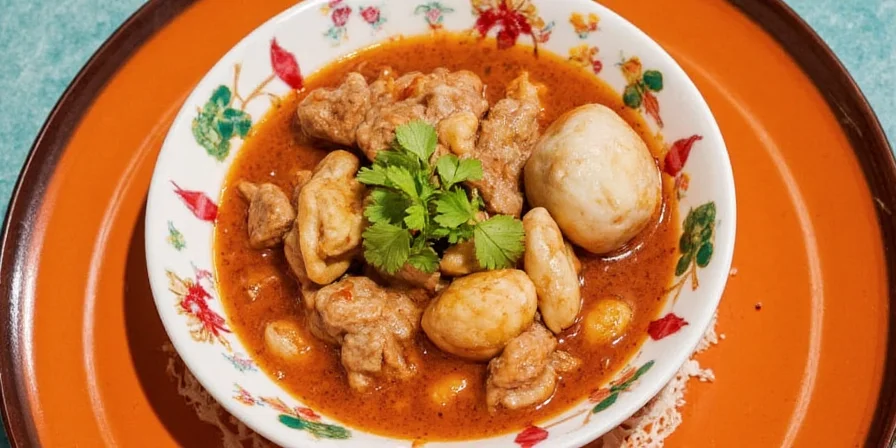
A Little Cultural Context: Bo Kho Around Vietnam
While Pho reigns supreme across Vietnam, Bo Kho has carved out a cozy niche — especially in southern regions where French influences shine through with the use of baguettes.
- Hanoi Version: Leaner, lighter, more herbal.
- Ho Chi Minh City: Richer, spicier, often includes coconut milk.
- Dalat Region: Uses wild mushrooms and local produce.
Conclusion: From Kitchen to Culture
There you have it — a guide to mastering Vietnamese Bo Kho that’s part history lesson, part science experiment, and entirely delicious. Whether you're cooking for family, friends, or just yourself on a lazy Sunday, Bo Kho is a dish that brings warmth, flavor, and a touch of spice-fueled soul to the table.
So fire up the stove, gather your spices, and let the aromas tell a story of global traditions right in your own kitchen. And remember — when life gives you star anise… make Bo Kho.

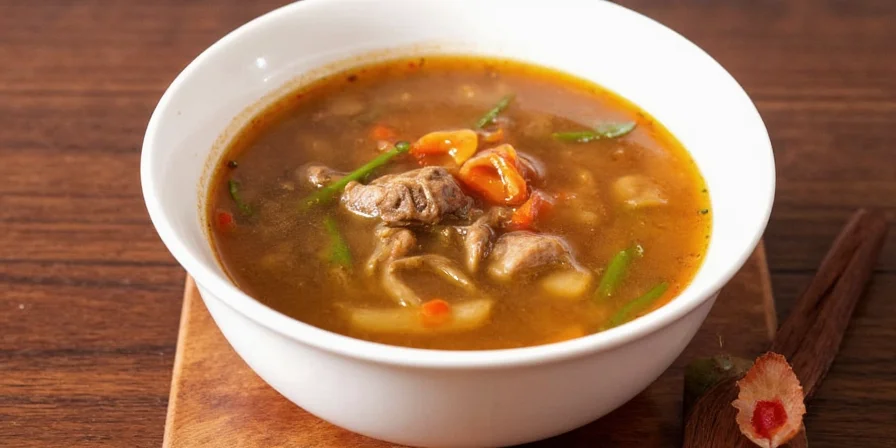









 浙公网安备
33010002000092号
浙公网安备
33010002000092号 浙B2-20120091-4
浙B2-20120091-4